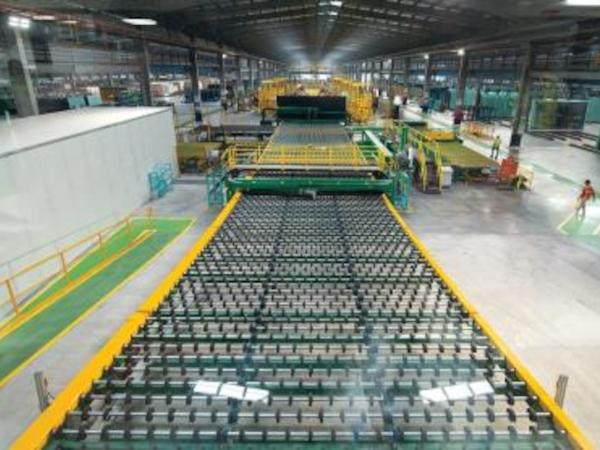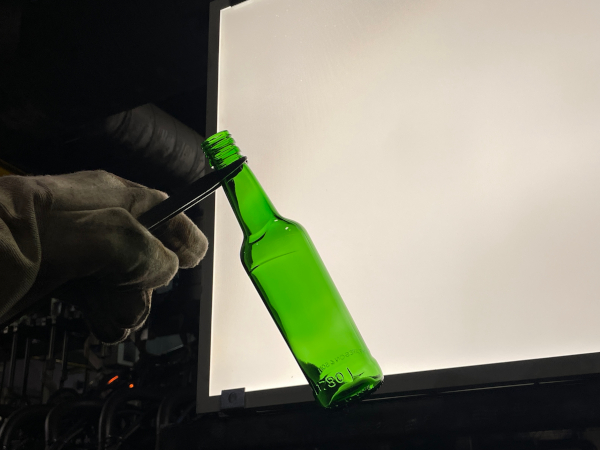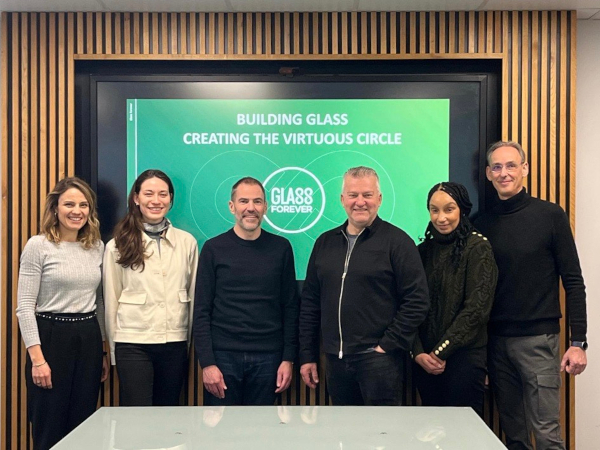
Date: 7 June 2023
Addressing the need for low carbon building materials in the Indian Construction Industry, Saint-Gobain India launches the first production of a new glass with a low carbon footprint (1). The product should have an estimated carbon footprint reduction of approximately 40% compared to the existing Saint-Gobain Glass India products.
Such environmental performances could be reached thanks to the use of 2/3rd of recycled content as raw material, natural gas, and electricity from renewable energy sources. Production parameters will be recorded and used to obtain a verified EPD that should be published later this year, confirming the significant carbon footprint reduction. This achievement of Saint-Gobain is the culmination of a substantial R&D effort, the excellence of its industrial teams, and the persistent continuous efforts of achieving the Group's ambition of Net Zero by 2050.
This low carbon glass will retain all the technical, quality, and aesthetic performance of regular glass and will soon be integrated as a substrate option in the energy-efficient glass portfolio of Saint-Gobain Glass. This new low carbon substrate in Saint-Gobain Glass India offer will give a boost to the embodied carbon reduction of buildings alongside the operational energy efficiency performance.
The building industry currently accounts for almost 40% of global greenhouse gas emissions and is at the heart of the decarbonization challenge. As stated in the joint study conducted by Engineering consulting firm Arup and Saint-Gobain Glass in 2022 on facades (2), it is key to act jointly on both reducing operational and embodied carbon. Saint-Gobain Glass advanced Magnetron coating technology can already drastically reduce greenhouse gas emissions caused by artificial cooling and lighting for buildings during the use phase (operational carbon footprint).
By associating energy efficiency performance together with lower embodied carbon in glass, one can contribute to a significant reduction in the whole-life carbon footprint of buildings, while continuing to provide the essential benefits of natural light, solar and thermal comfort for the occupants.
Commenting on this production launch in India, Mr. A R Unnikrishnan, Managing Director, Saint-Gobain India - Glass Business said that “It is not a coincidence that the production launch of India’s first low carbon glass is taking place on “World Environment Day”. It is a concerted effort from Saint-Gobain to continue to sustainably contribute to the Indian Construction Industry. The building materials of the future need to be low carbon to achieve India’s commitment as a country towards Net Zero by 2070. This product from Saint-Gobain will accelerate this vision and will actively contribute to Light and Sustainable Construction. In line with our purpose of Making the World a Better Home and achieving our Net Zero goal by 2050, decarbonizing the built environment with sustainable products that will have a lower embodied carbon footprint will be the way forward for us.
(1) GWP indicator calculated from cradle to grave (A1 to C4 stages) and to be communicated in the verified EPD under development for publication later this year.
(2) See the study “Carbon footprint of façades: significance of glass.” conducted by Arup in partnership with Saint-Gobain Glass in 2022.
 600450
600450












Add new comment